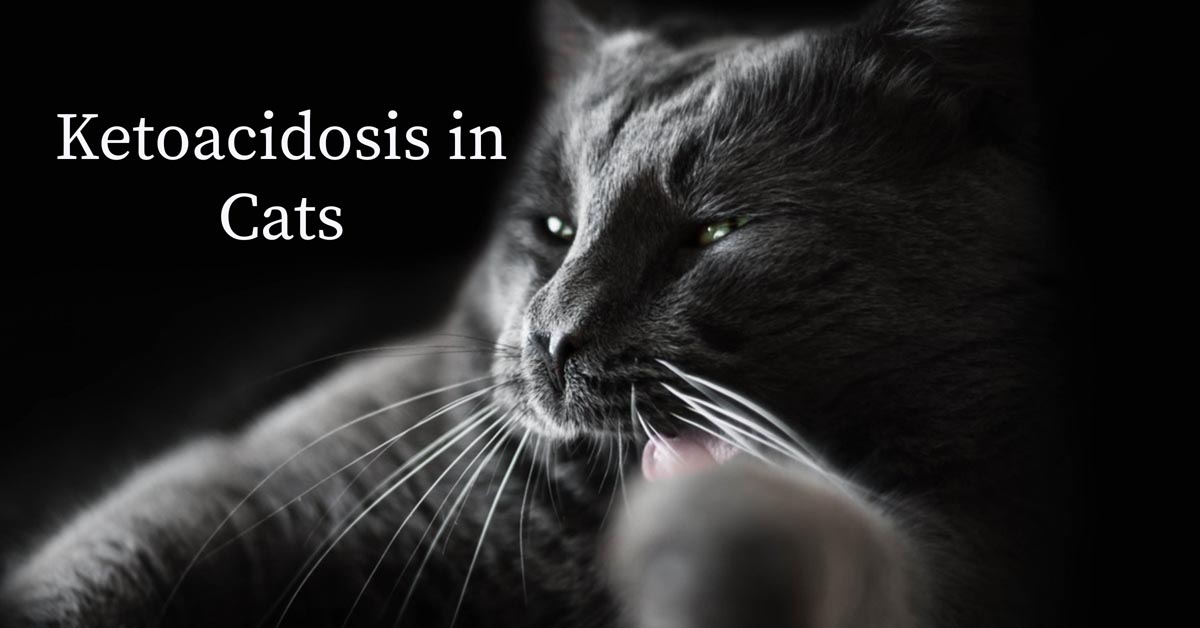At a glance
|
What is diabetic ketoacidosis?
Diabetic ketoacidosis (DKA) is a life-threatening complication of diabetes characterised by metabolic acidosis (increased acids in the blood), hyperglycemia (high blood glucose) and ketonuria (ketones in the urine). It is caused by a lack of or insufficient amounts of insulin, which is required to move glucose from the bloodstream and into the cells to be used for energy. When this occurs, the body begins to search for alternate sources of energy and begins to break down fat.
When fat is broken down (metabolised) into fatty acids, the liver releases waste products (ketones), which accumulate in the bloodstream (ketonemia). This causes the blood to become too acidic (metabolic acidosis). As well as metabolic acidosis, ketones also cause central nervous depression. The body will try to get rid of the ketones by excreting them out of the body via the urine, increased urine output leads to dehydration, making the problem worse.
Meanwhile, the unused glucose remains in the bloodstream, resulting in hyperglycemia (high blood sugar). Insulin also signals the liver to suppress hepatic glucose production during hyperglycemia; the absence of insulin causes the liver to continue to release glucose. The cellular demand for glucose triggers the pancreas to release glucagon, which causes the liver to produce even more glucose. Diabetes usually affects middle-aged to older cats with a mean age of seven years.
Causes
Most cats who develop ketoacidosis are diabetics who have had a recent diagnosis. Other causes can include:
- Insufficient insulin
- Missed/forgotten insulin injection
- Not enough food due to inappetence or missed/reduced meal
- Infections (especially of the urinary tract) – When your cat has an infection, hormones such as cortisol, growth hormone, and adrenaline are released. These hormones antagonise the action of insulin, resulting in the blood sugar levels increasing, but not being able to enter the cells due to decreased/lack of insulin.
- Concurrent illnesses such as acute pancreatitis, hepatic lipidosis and chronic renal failure.
- Stress – This is another factor that causes an increase in stress hormones which antagonise the action of insulin in the same way.
- Surgery – Cats who have undergone surgery also have higher levels of stress hormones in their blood.
- Obesity, particularly in cats with a history of sudden weight gain.
- Idiopathic (no known cause)
Symptoms
- Polyuria (frequent urination) and polydipsia (excessive thirst) or decreased/absent thirst (hypodipsia). Ketones and glucose spillover are excreted out of the body.
- Dehydration due to increased urination and vomiting. Signs of dehydration include dry mucus membranes, reduced skin turgor
Other symptoms then develop, including:
- Nausea (signs of nausea in cats includes drooling) or vomiting – Acidosis can cause nausea and vomiting, which makes exacerbates the cat’s dehydration.
- Anorexia or increased hunger (polyphagia)
- Ketones in urine (ketonuria)
- The breath may have an unusual ‘fruity’ smell, similar to acetone (used in nail polish remover)
- Abdominal pain
- Rapid/shallow initially, but as ketoacidosis progresses deep/laboured breathing can develop (known as Kussmaul breathing)
- Diarrhea
- Confusion
- Lethargy
- Weakness
- Hypovolemic shock due to severe dehydration
- Coma
Diagnosis
The veterinarian will perform a complete physical examination from you and obtain a medical history from you.
Diagnostic workup:
- Baseline tests: biochemical profile and complete blood count to check the blood sugar levels, urine sugar levels (glucosuria), ketones in the urine (ketonuria), serum electrolytes (especially potassium, as acidosis and high blood glucose levels can cause fluid and potassium to move out of the cells and into the blood circulation), liver and kidney function as well as look for signs of infection such as elevated white blood cell count. Anemia may be present due to the formation of Heinz bodies.
- Arterial blood gas: A test to measure the amount of gasses (oxygen and carbon dioxide) and acid base pH levels in the blood. A small amount of blood is drawn from an arterial blood supply and placed in a blood gas analyser.
- Anion gap: This test measures the difference between negatively-charged electrolytes (anions) and positively charged electrolytes (cations) in the blood plasma. A high anion gap indicates metabolic acidosis.
- Urinalysis: to check for ketones (ketonuria), glucose (glucosuria), and urinary tract infection.
- Imaging studies: Chest and abdominal x-ray or ultrasound to evaluate for infection and pancreatitis.
Treatment
Mild ketoacidosis
If the cat is still bright and alert can be treated at home. Regular monitoring of blood glucose levels will be necessary.
Moderate to severe ketoacidosis
- Intravenous fluids and electrolytes to treat and correct dehydration and electrolyte imbalances, fluids dilute glucose and acid levels and helps to flush ketones out of the body.
- Frequent administration of short-acting insulin to facilitate glucose uptake into the cells, insulin therapy also suppresses fat catabolism (breakdown), preventing further formation of ketones.
- Regular monitoring of blood glucose, blood chemistry, electrolytes and urine for ketones.
- Where possible, find out the cause (such as infection) of ketoacidosis and treat it.
Once the cat is stable (eating, hydrated, no vomiting etc.), your veterinarian will change to a long-acting or intermediate-acting insulin. [2]
References
[1] Cat Health Encyclopedia (P.262)- Edited by Dr Lowell Ackermann.
[2] The Feline Patient – Essentials of Diagnosis and Treatment (P168) – Gary D. Norsworthy, Mitchell A. Crystal, Sharon K. Fooshee, Larry P. Tilley.

